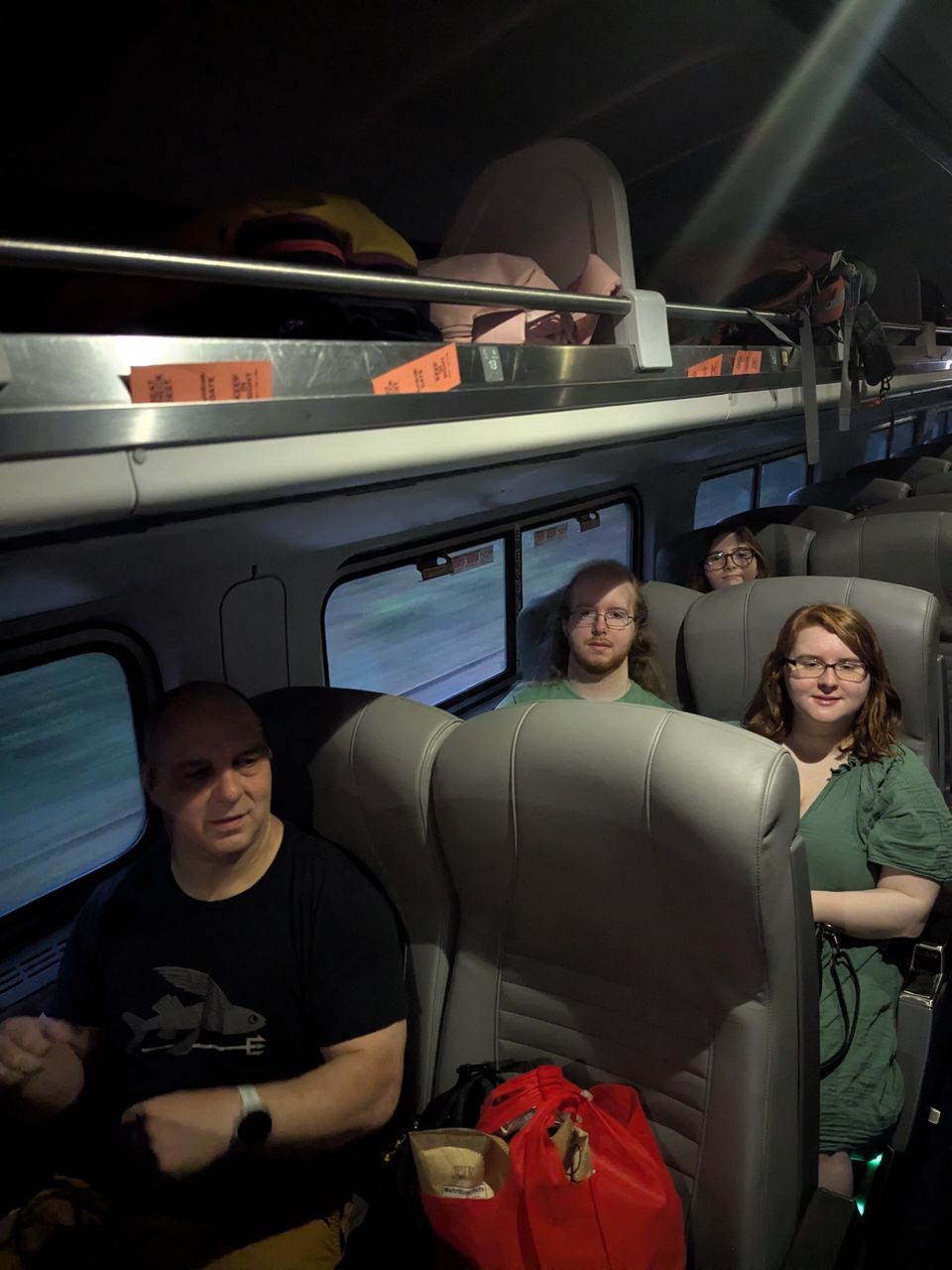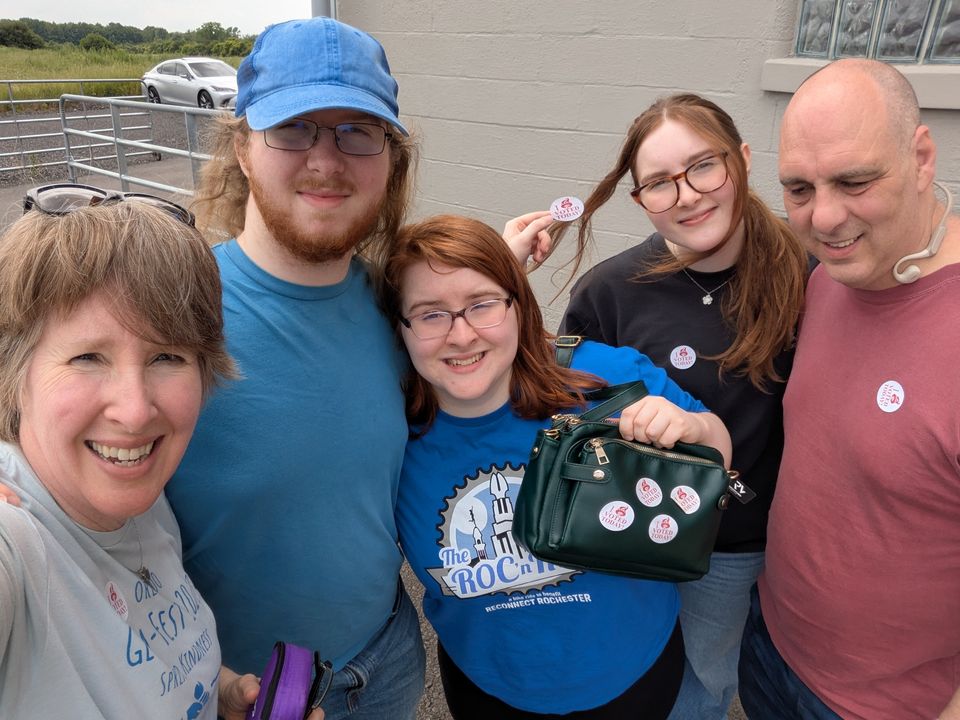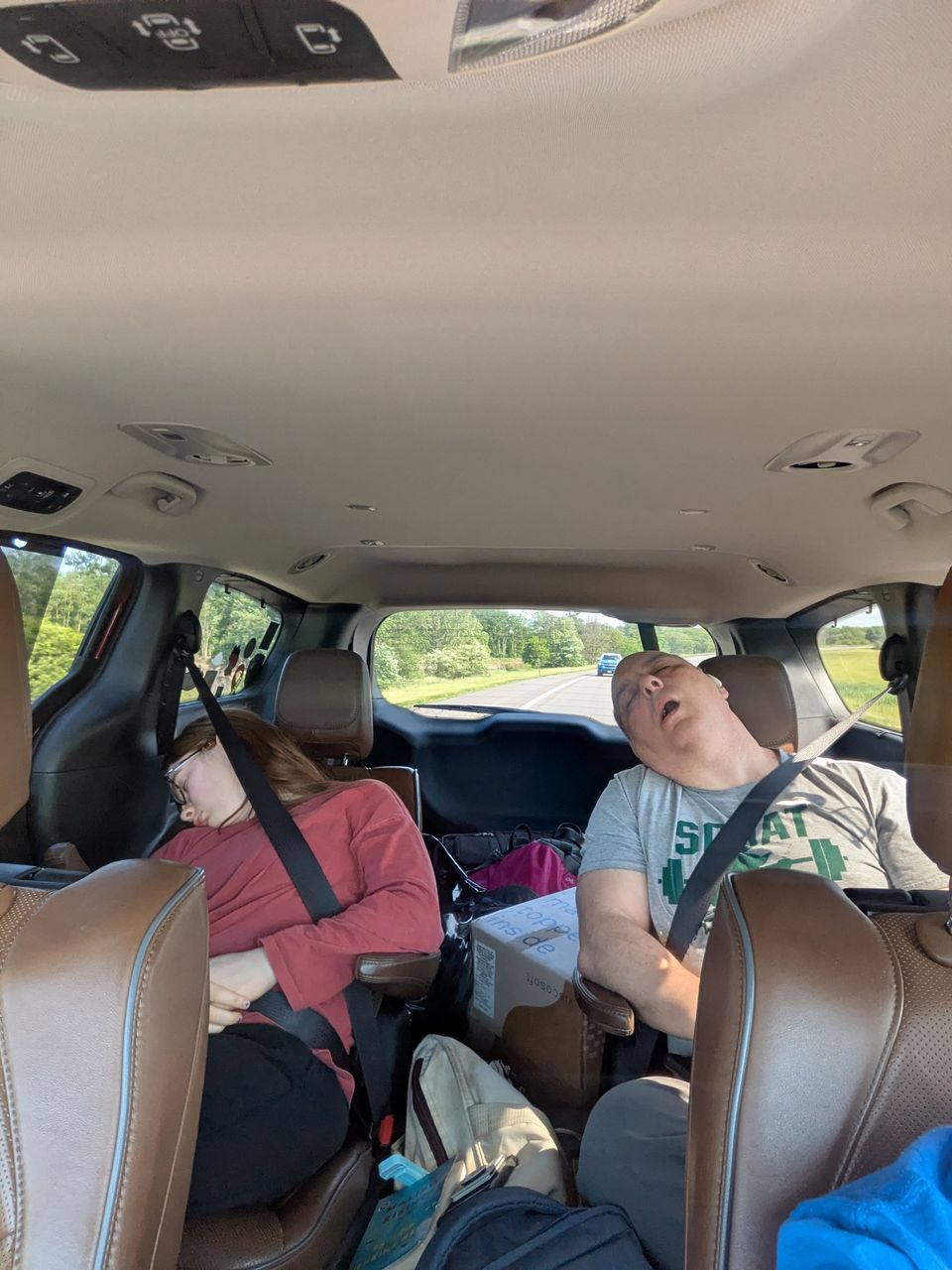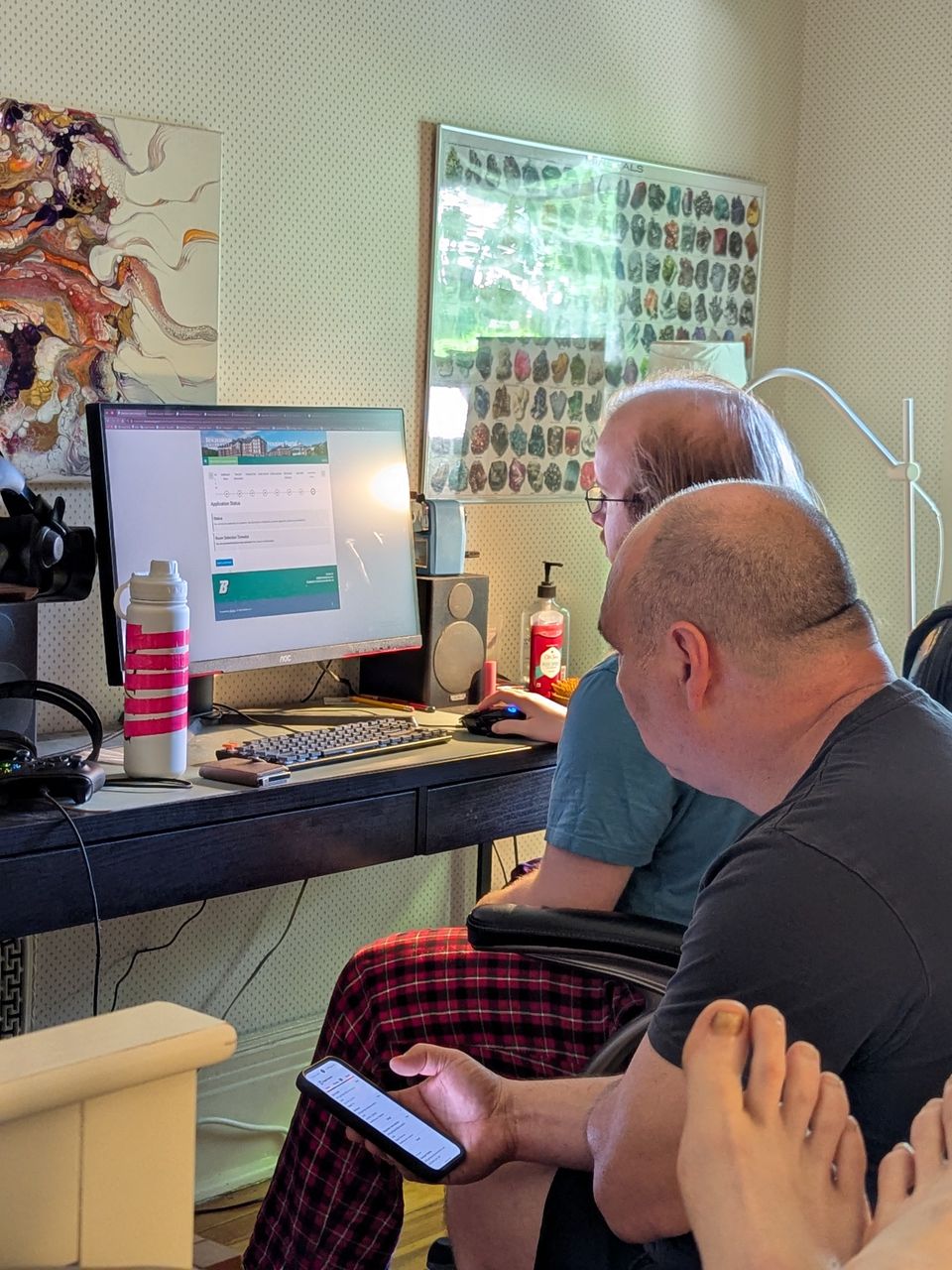Brain Blast
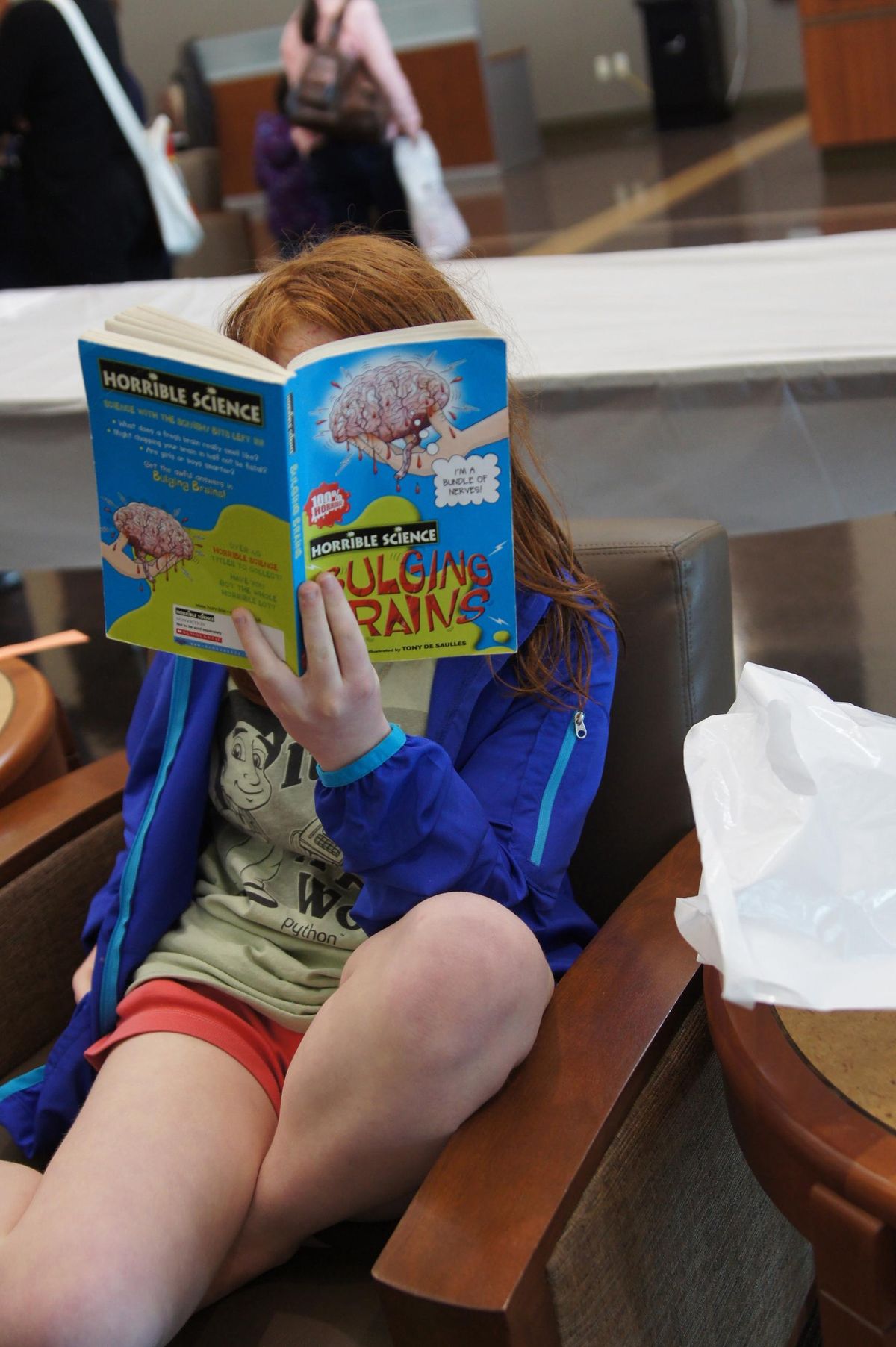
Vanderbilt hosted “Brain Blast,” a highlight of Vanderbilt’s annual Brain Awareness Month, sponsored by the Vanderbilt Brain Institute to raise awareness about brain disorders and neuroscience research. After we dropped Hamlet off at the Adoption Fair (He wasn’t adopted.), we headed over to the Brain Blast to see what we could learn.
This was an interesting event, filled with a host of different experiments for learning about our amazing brains, as well as free research subjects for some of the experiments. The children were asked their ages, if they played sports or a musical instrument, for example.

The first discussion we had was concerning this video: The Rubber Hand. The children were able to try an activity later that created a similar experience…without the hammer.
There has been research into the treatment of phantom pains in amputees using mirror therapy, a similar idea, which I find fascinating.
Here’s the experiment showing how the brain can be “re-trained,” similar to the rubber hand experiment.
Each child pointed to the mid-point on her arm.

Then, use the long stick to drag or push several pieces of styrofoam into their correct position on the board.


Put your arm back inside the box and point to the mid-point of your arm again.
Each child pointed significantly higher on her arm because the brain had conditioned itself to think of the stick as part of the arm.
The experiment took 2 minutes, and it amazes me that such a short amount of time demonstrated the impact.



In the Brain Bucket game, the children tossed some brains, then put on the funny goggles:



Then, after wearing the goofy goggles that re-wired your eyes to make you toss all the brains too far to the left, zip off the glasses, quickly toss a brain…too far right.
The brain works so hard to fix things!






Finally, we got to see the real brain. No one wanted to touch it, but interesting to see regardless.

I can see where a life of research would appeal.


